THE 199 YEARS PLEDGE: My 1200 acres of land for my cows and your wildlife
September 27, 2013
 I have met Mzee Somog several times during and after our Lease Gatherings when we drop him off at his workstation on our way back to the office after the payments. Every other interaction with him is another lesson in life. He has chosen to travel the path less travelled and he is comfortable with his choices although to some of us it sometimes seems absurd.
I have met Mzee Somog several times during and after our Lease Gatherings when we drop him off at his workstation on our way back to the office after the payments. Every other interaction with him is another lesson in life. He has chosen to travel the path less travelled and he is comfortable with his choices although to some of us it sometimes seems absurd.
With 29 children and 4 wives, to many, the choices Mzee Somog has made may not make sense at all. He has 1200 acres of land, very close to the city of Nairobi and lots of land speculators would offer an arm and a leg for his piece of land perhaps converting it into a real estate cash cow. Perhaps all his problems would be solved and his children put through school without a break of his back. Perhaps he wouldn’t have to brave many cold nights as a night guard or the scotching sun when he is on day shift at his master’s gate. But not so for Mzee Somog.
A light hearted man, always cheerful and full of wisdom, Mzee Somog catches up with David Sorimpan in their native language Maa and he turns to me and asks, “hiyo pesa yenu ya Lease iko wapi? Ilikuwa inatusaidia sana lakini sasa imekuwa shida kupeleka watoto shule!” (where is your Lease money? It really was helping us and now it is a big problem sending the children to school). I had planned for an interview with Mzee Somog but he changed the focus of the discussion and really wrote the story on his own terms, with his own words.
Before the Lease payments, wildlife was on his land, he just used to look at it. He had not attached any specific value to it. The Lease payments then came and he says he started looking at the wildlife differently. He knew through it he was able to take his children to school. He repeats several times during the conversation how on many occasions he has told his herds boy to let the Zebras be whenever they come to graze with his cows. The herds boy has been cautioned against harming wildlife that is on his land. Mzee wonders, “sasa hatuoni pesa nab ado tunaona wanyama kwa shamba yetu!” (Now, we don’t see the Lease money yet we still have wildlife on our land!). The reality on the ground of what the Lease payments meant to this community is reflected through this man’s thoughts. When you bring in the topic of his cows, his hope hangs on the revival of the Lease Program. Before the Lease Payments, he had to sell up to 5 cows to take his children to school. With the Lease Program money, he says he has only been selling 2 cows. It’s like the Lease Payments were buying him 3 cows!
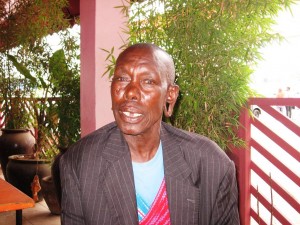 Having been repeatedly told this not so old man has no intention of selling his land, I ask him just in case he may have changed his mind. Why will he not sell his land? “Ng’ombe wangu na wanyama wenu watakula nini?” (what will my cows and your wildlife eat).
Having been repeatedly told this not so old man has no intention of selling his land, I ask him just in case he may have changed his mind. Why will he not sell his land? “Ng’ombe wangu na wanyama wenu watakula nini?” (what will my cows and your wildlife eat).
There is no selling of his land. Not in the next 199 years. The thought of selling his 1200 acres of land has never crossed his mind. What did cross his mind is not selling his at least not in the next 199 years. After he is gone, none of his 4 wives or 29 children will have the thought cross their minds. Mzee Somog did call them for a family gathering and there, he placed a curse on any of them who will ever sell his land. For a man who has never set a foot in class, its not only surprising that he is keen on seeing all his 29 children through with school but he further went ahead and made good his 199 years pledge for his land on paper. His lawyer, the registrar of lands in Kenya and himself each have a copy of a sworn affidavit for his land to remain intact for 199 years. It is now legally binding. 199 years of 1200 acres of open space for the wildlife of Kenya and Mzee Somog’s cattle!
Mzee Somog keeps affirming his pledge through an annual renewable contract with The Wildlife Foundation’s Lease Program and he has reaffirmed and joined the Olerai Conservancy with his signature appended on their 30 year’s management plan that focuses on pursuing and executing ecologically viable activities that are compatible with wildlife needs for open and safe space for breeding, feeding and movement.
Of his 29 children, 21 girls and 8 are boys. He has send all of them to school and he does not make any reservations. All must be educated and he has given each one of them a chance to pursue at least at the minimum a college certificate. He tells me he has passed on the cultural values that were passed on to him by his fathers and he is confident his children will not let him down. They will keep the land open and they will certainly pass on the ideal to his generations of offspring.
For Mzee Somog he has not seen any difference between those that have sold land and those that have not. If there is any difference, he notes that those who sold have squandered their money turning into village drunkards and wearing expensive suits that even the president himself doesn’t wear. Wealth, as others value it by hard currency and possessions, Mzee Somog measures it by his land, cows and children and he is comfortable in his skin.
With Mzee, wisdom abound, wildlife flourish!


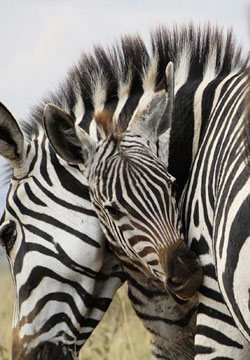
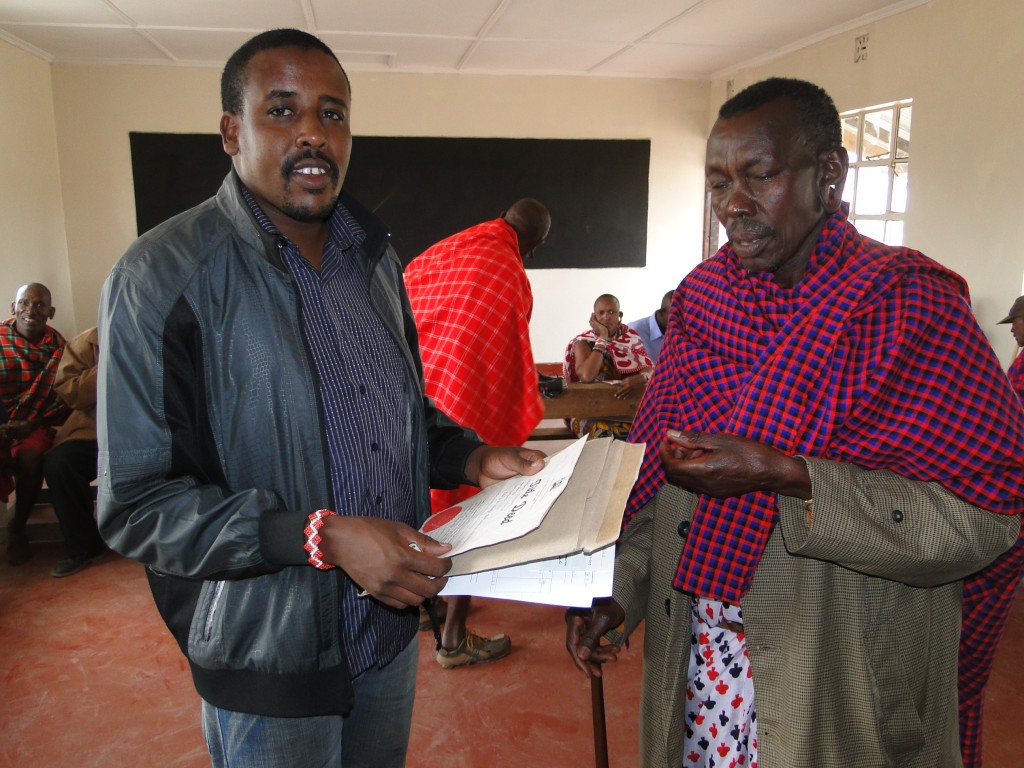


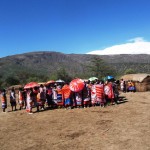





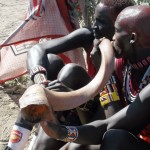


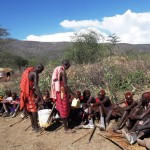
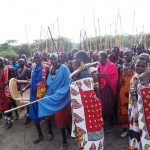

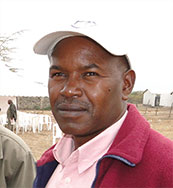 The new Governor of Kajiado County (our project area) is David ole Nkedianye PhD. who is one of the original founding Board members of The Wildlife Foundation. Governor Nkedianye was able to attend the university with the help of The Wildlife Foundation and he also is the author of the very important Land Use Master Plan for Kajiado County. Having Governor Nkedianye elected to the top spot of Kajiado’s government is going to be a tremendous asset in helping to preserve and protect the wildlife and open-livestock grazing of the Nairobi Nat. Park wildlife dispersal area.
The new Governor of Kajiado County (our project area) is David ole Nkedianye PhD. who is one of the original founding Board members of The Wildlife Foundation. Governor Nkedianye was able to attend the university with the help of The Wildlife Foundation and he also is the author of the very important Land Use Master Plan for Kajiado County. Having Governor Nkedianye elected to the top spot of Kajiado’s government is going to be a tremendous asset in helping to preserve and protect the wildlife and open-livestock grazing of the Nairobi Nat. Park wildlife dispersal area.